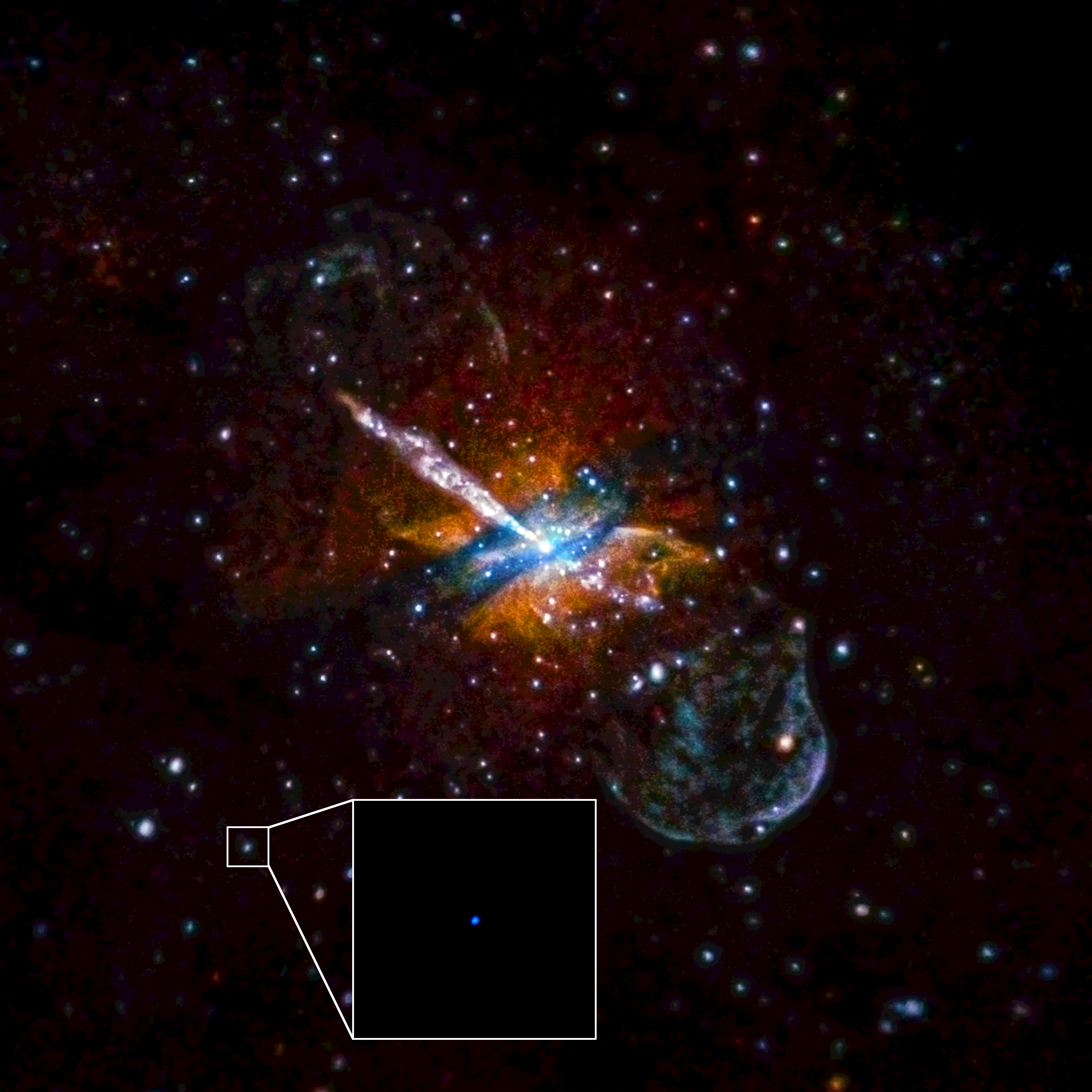Ultra Luminous X-ray Flaring From Another Galaxy Stumps Astronomers
Astronomers are in awe after observing a stellar flare-up with NASA’s Chandra X-ray Observatory and the ESA’s XMM-Newton Observatory that they can’t seem to fully explain.
In another galaxy dubbed NGC 4636, estimated to be around 47 million light years away from the Earth, two objects are reportedly flaring up in what experts are saying are some of the most luminous in the region. Explanations for these sudden bursts of X-rays have yet to be fully explained, but there are some theories. The research appears in the journal Nature.
"We've never seen anything like this," said Jimmy Irwin of the University of Alabama and lead author of the study. "Astronomers have seen many different objects that flare up, but these may be examples of an entirely new phenomenon."
According to the team’s statement on the Chandra X-ray Observatory web page, astronomers think this might classify as a new kind of “explosive event” that occurs naturally in space, as it’s unlike anything we’ve ever observed before.
Within just one minute, the flare-up reaches its peak intensity in luminosity, but it takes about an hour for the luminous object to subside. The GIF below will give you a sneak peek of what it looks like to astronomers:

Image Credit: NASA/CXC/UA/J.Irwin et al
Just to give you an idea of the luminosity of the newly-discovered ultraluminous X-ray source (ULX), the statement goes on to explain that ULXs can be hundreds or thousands of times brighter than a binary system where a star orbits a black hole or a neutron star.
One theory behind the ultra-bright flicker is that some kind of intermediate-sized black hole or neutron star could be pulling in material from a companion star due to gravitational forces at work during its closest encounter. This would essentially super-heat that material as it’s compressed, and once the absorption is complete, the luminosity would calm back down again.
For what it’s worth, whenever the flare-up isn’t occurring, the system appears to look just like any other binary system, so it’s a very strange phenomenon and astronomers have their work cut out for them to figure out exactly what it is.
"Now that we've discovered these flaring objects, observational astronomers and theorists alike are going to be working hard to figure out what's happening," said co-author Gregory Sivakoff of the University of Alberta.
Astronomers come across very weird things in the depths of outer space all the time, and the reason we don’t know everything about the different kinds of phenomenon in space today is because there are so many different conditions surrounding all the different star systems in the universe that make our own solar system look boring and basic.
Nevertheless, additional observations of this ULX are sure to take place to figure out what’s going on, and as space equipment continues to receive upgrades, we might just be able to see further and clearer to get a better understanding of why these strange things are happening.
Source: Chandra X-ray Observatory








